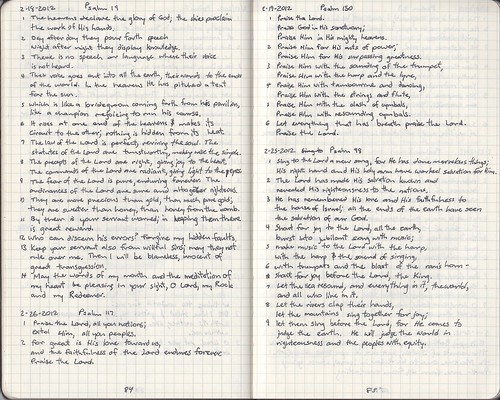Requirements
As key aspect of project planning is a determining the requirements of the customer and using those requirements to evaluate vendors or products to determine the best fit for the needs of the customer.
You can also apply the use of requirements determination and evaluation for personal decisions including trips, services, and products.
Step 1 - Write it down.
There is tremendous power in writing things down. People who write down goals are more likely to follow through with completing them. Additionally, written records permit you to track progress over time.
Step 2 - Identify 4 to 5 characteristics.
On your paper write down some characteristics that are important to you about the product or service. Examples might be cost, features, materials, ease of use, etc. A list of 4-5 requirements is usually sufficient.
Step 3 - List each option you are considering.
You will end up with a table on your paper with requirements going down the left side and options listed across the top. It may be helpful to limit what you are considering to 3 to 4 options.
Step 4 - Weight each requirement.
In advance, determine the importance of each requirement. This should be a weighting based on a total of 100%. For example, suppose you are considering the purchase of a new refrigerator. If price is the most important factor, it might be assigned a weight of 50%. The location of the freezer drawer may be important. You might assign freezer location a weighting of 30%. Cubic capacity might be the last factor with a weighting of 20%.
Step 5 - Score each requirement.
Assign a score to each requirement. Keep the range of scores small, such as 1 to 5 or 1, 3, 5. Using our refrigerator example, if Brand A is $500 and Brand B is $1,000, Brand A might receive a score of 5, while Brand B would receive a score of 1.
Step 6 - Calculate the total weighted score.
Take the requirement score for each option and multiply it by the weighting (percentage) previously determined. Total the weighted scores. The end result will hopefully be a clear winner with which option best meets your requirements.
Using the refrigerator example, Brand A seems like a better choice based on the importance of each requirement. In this example, we wanted an inexpensive unit with side freezer, but definitely not a bottom drawer. Finally, Brand A had a smaller capacity but met the price requirement.

In the next post, I will show two of my own uses of this type of evaluation.


